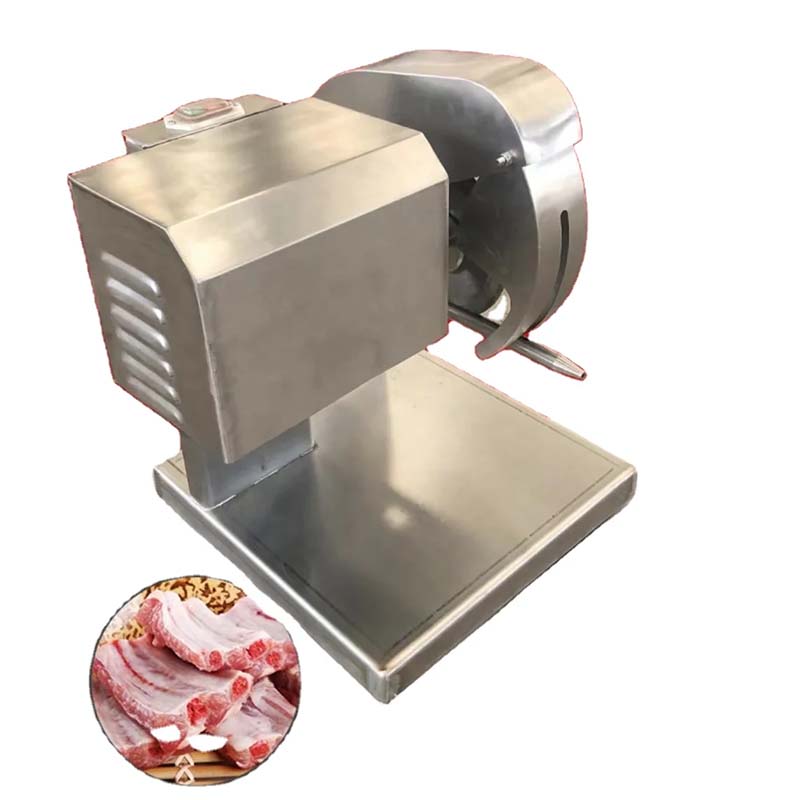chicken poultry cage
Sep . 22, 2024 03:25 Back to list
chicken poultry cage
The Importance of Poultry Cages in Chicken Farming
Chickens are one of the most commonly raised animals in agriculture, providing a source of meat and eggs for countless people around the world. As the demand for poultry products continues to rise, efficient and humane farming practices are becoming increasingly important. One significant aspect of this is the use of poultry cages in chicken farming.
The Importance of Poultry Cages in Chicken Farming
One of the key benefits of using poultry cages is improved management of the flock. Cages help farmers monitor the health of their chickens more easily, as individual birds can be observed without the chaos of a free-ranging flock. This focused observation facilitates the early detection of health issues, reducing the risk of disease outbreaks that can devastate poultry populations.
chicken poultry cage

Moreover, poultry cages can enhance biosecurity measures. By confining chickens to a designated area, farmers can minimize the risk of contamination from external sources, such as wild birds or other livestock. This is particularly important during times when avian influenza or other poultry diseases pose a significant threat to flocks.
Additionally, cage systems can significantly increase space efficiency. In traditional farming methods, free-ranging chickens often require large areas for foraging, which can lead to overgrazing and land degradation. In contrast, poultry cages allow for a higher density of chickens in a smaller footprint, thus maximizing the output of meat and eggs while minimizing the environmental impact.
However, it is essential to ensure that poultry cages are designed with the chickens’ welfare in mind. Companies and farmers are increasingly adopting enriched cage systems that provide chickens with more space, nesting areas, and perches, allowing for natural behaviors that are crucial for their well-being.
In conclusion, poultry cages are an indispensable tool in modern chicken farming, offering numerous benefits, including better flock management, enhanced biosecurity, and improved space efficiency. As the industry continues to evolve, prioritizing the welfare of chickens within these systems will ensure a sustainable future for poultry farming.
-
Hot Sale 24 & 18 Door Rabbit Cages - Premium Breeding Solutions
NewsJul.25,2025
-
Automatic Feeding Line System Pan Feeder Nipple Drinker - Anping County Yize Metal Products Co., Ltd.
NewsJul.21,2025
-
Automatic Feeding Line System Pan Feeder Nipple Drinker - Anping County Yize Metal Products Co., Ltd.
NewsJul.21,2025
-
Automatic Feeding Line System - Anping Yize | Precision & Nipple
NewsJul.21,2025
-
Automatic Feeding Line System - Anping Yize | Precision & Nipple
NewsJul.21,2025
-
Automatic Feeding Line System-Anping County Yize Metal Products Co., Ltd.|Efficient Feed Distribution&Customized Animal Farming Solutions
NewsJul.21,2025






